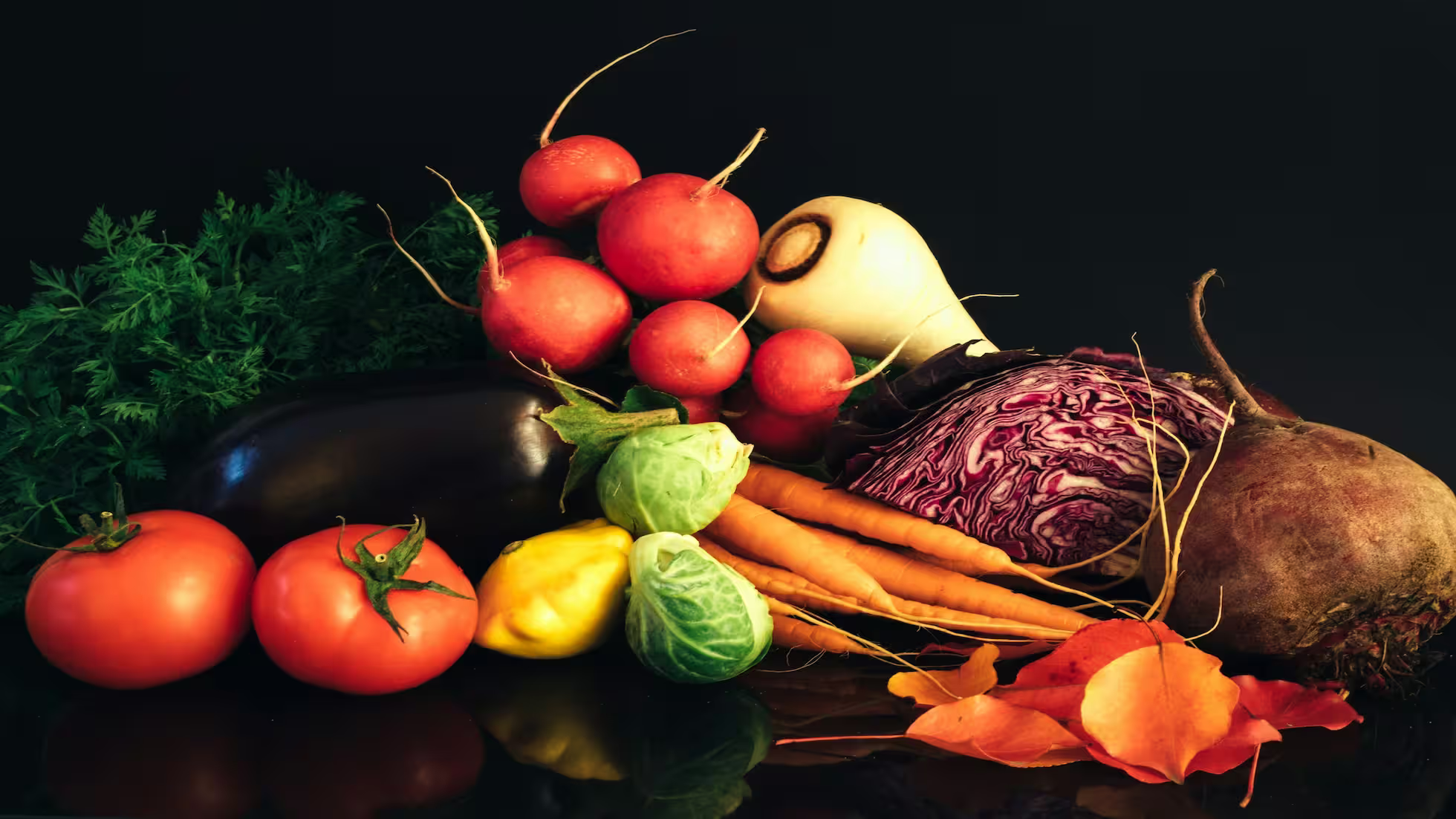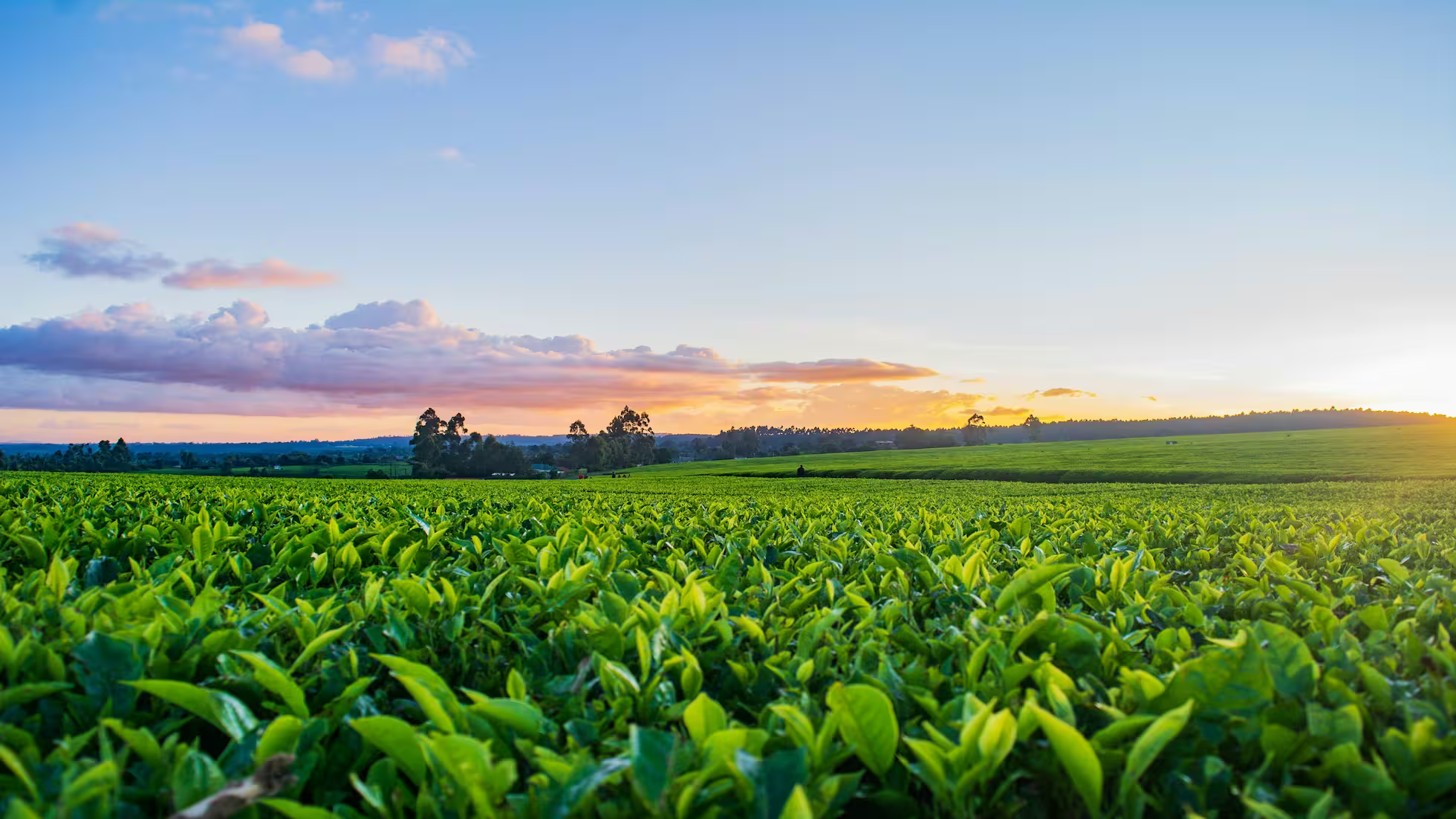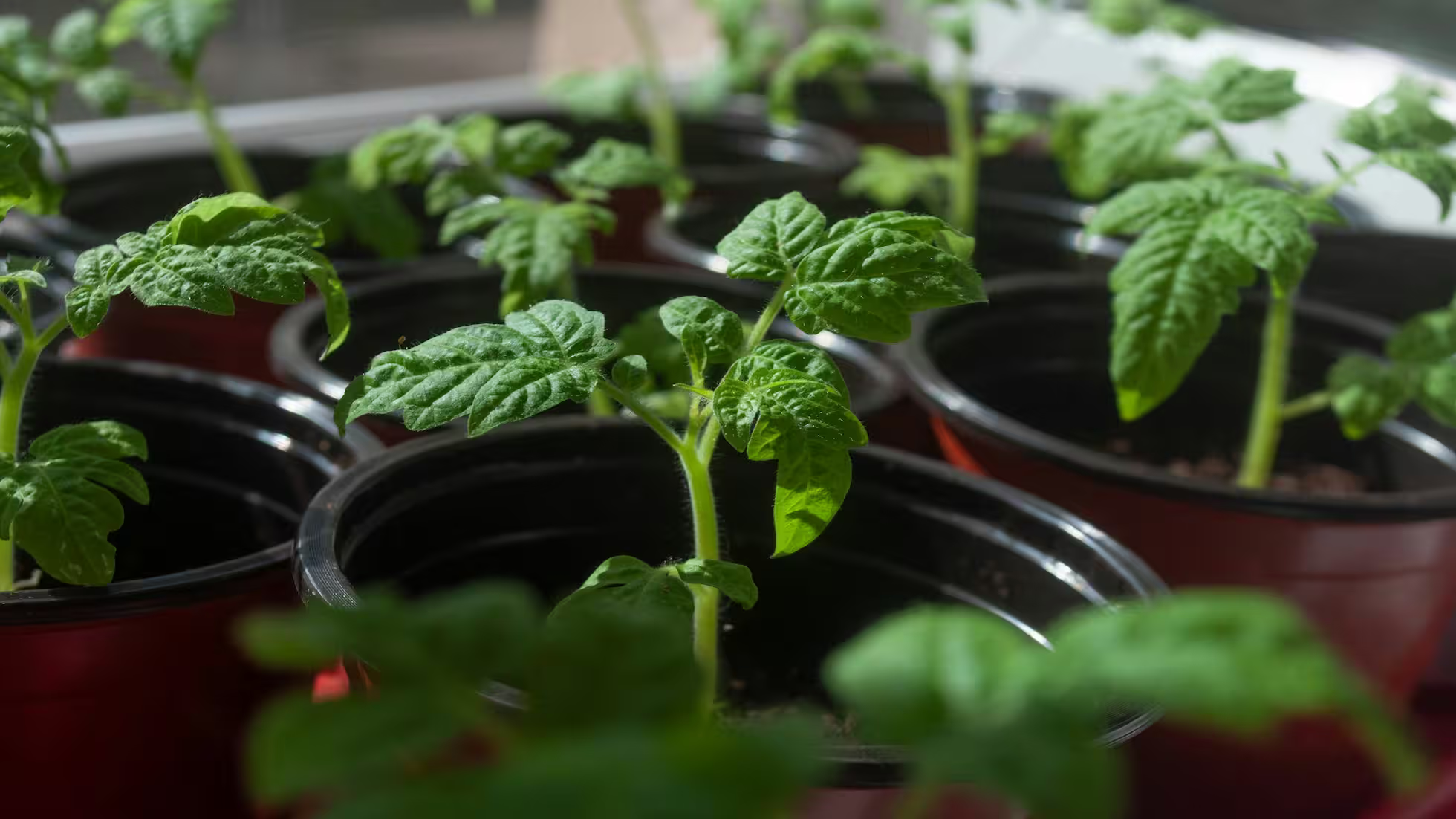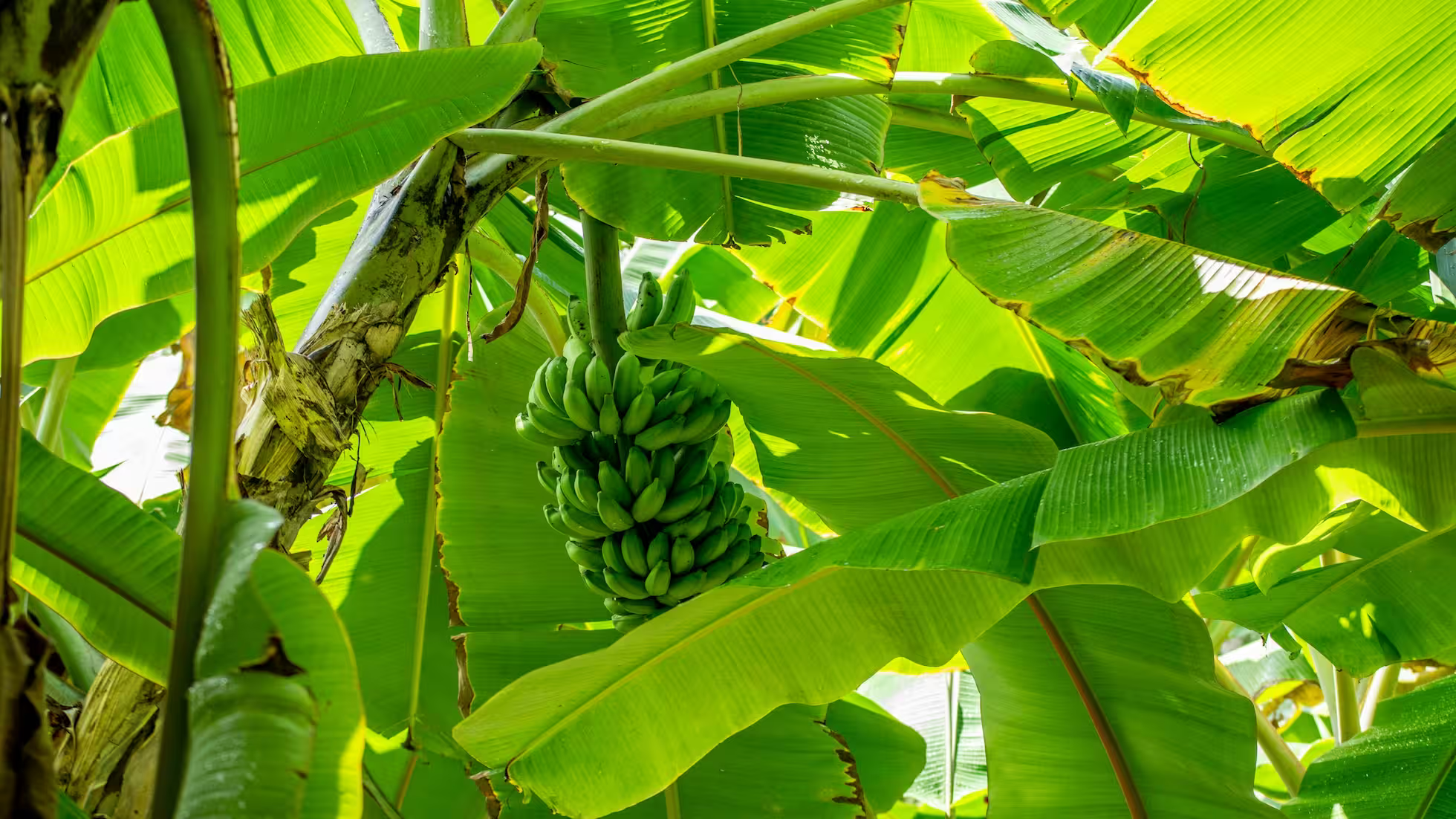Key Technical Points for Winter Vegetables under Cold, Snowy and Low‑Light Weather

This guidance covers winter vegetable protection under cold, snowy and low‑light conditions: choose stress‑tolerant varieties, strengthen insulation and heat storage, increase light exposure, manage water and fertilizers reasonably, and control humidity and diseases. During icy/snowy weather, reinforce structures, protect roots with fertilization, clear ditches and remove snow, expose to light in phases, control diseases, and harvest early with timely reseeding when needed.
1) Measures for Low Temperature and Low‑Light Conditions
-
Select stress‑tolerant varieties
- For protected cultivation, prioritize fruiting vegetables and cucurbits/legumes that tolerate low temperature and weak light, with strong fruit set and disease resistance.
- For open‑field vegetables (especially in the south), choose leafy/root crops and warmth‑loving fruit vegetables with strong tolerance to low temperature and low light.
-
Preserve heat and store warmth
- Add multi‑layer covers (inner curtains, small tunnels) to improve overall insulation. Keep ≥ 10 cm between film and canopy to avoid cold injury.
- Apply rice‑husk ash/wood ash between rows, or cover with straw to further mitigate chilling damage.
- Where conditions allow, use soil heating cables, electric heating wires, air‑heating lines, or hot‑air furnaces for supplemental heat.
-
Increase light
- Install supplemental lighting for ≥ 4 hours/day. Without lamps, uncover earlier to extend natural light hours.
- Hang reflective film on the north wall; ventilate at the right time to reduce droplets on film and improve transmittance.
-
Optimize water and fertilizer
- Under low light, reduce irrigation and fertilization frequency to avoid waterlogging stress. If wilting from water deficit occurs, drip irrigate under mulch on sunny days with small topdressing.
- Foliar spray suitable brassinolide/growth regulators to enhance cold tolerance; add 0.3% compound fertilizer and 0.2% calcium chloride.
-
Control humidity and diseases
- In northern greenhouses, ventilate in time; sunny midday is optimal to lower RH.
- In the south, low‑light cold spells often come with high humidity; prevent gray mold, damping‑off, and sclerotinia in leafy vegetables. Spray broad‑spectrum fungicides in time and remove diseased/old/yellow leaves to limit spread.
2) Measures for Icy/Snowy Weather
-
Maintain and reinforce facilities
- Reinforce frames; ensure films are tight and intact. For old or large‑span houses, add posts to prevent collapse under snow load.
- Overhaul heating and lighting to ensure normal operation. In the north, cover the light‑receiving face with quilts before sharp cold waves.
- For open‑field vegetables, pre‑cover with plastic or non‑woven fabric; remove covers gradually after snow to avoid sudden cold shock.
-
Fertilize rationally to protect roots
- Before disasters, spray 0.3% KH2PO4, 0.3% Ca(NO3)2, and 1% glucose mix, or brassinolide 2000–3000× to enhance resistance.
- Ridge up soil mixed with organic manure at the root zone to raise soil temperature and improve cold tolerance.
-
Clear ditches and remove snow in time
- Remove snow from roofs and surroundings promptly to avoid collapse. For open fields, dredge ditches to drain quickly, lower soil moisture, and prevent root rot.
-
Uncover stepwise and introduce light gradually
- After skies clear, uncover quilts in stages to avoid acute wilting from sudden light. If wilting occurs, spray clean water or 1% alginic acid solution.
-
Disease control
- Strictly control indoor RH; use fumigants or fine powders to prevent diseases under cold–humid conditions.
- After snow/ice, remove damaged plants and spray broad‑spectrum fungicides (e.g., carbendazim, chlorothalonil) to reduce risk.
-
Post‑disaster early harvest and reseeding
- Harvest mature vegetables early ahead of disasters to reduce loss. For severely damaged plots, when weather warms, switch to fast‑growing leafy crops (bok choy, spring greens, spinach) to restore production quickly.
Published at: Oct 22, 2024 · Modified at: Dec 24, 2025



